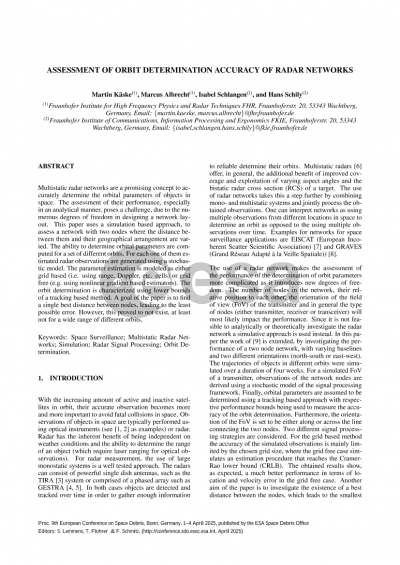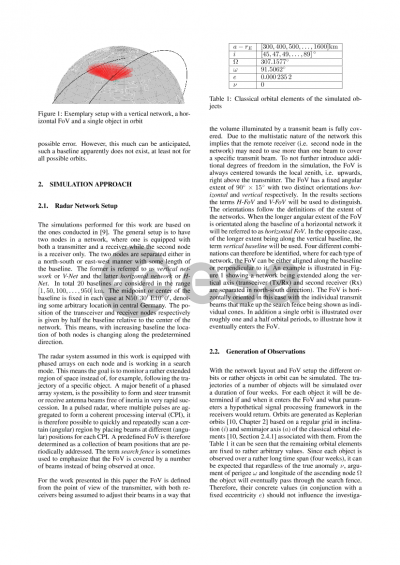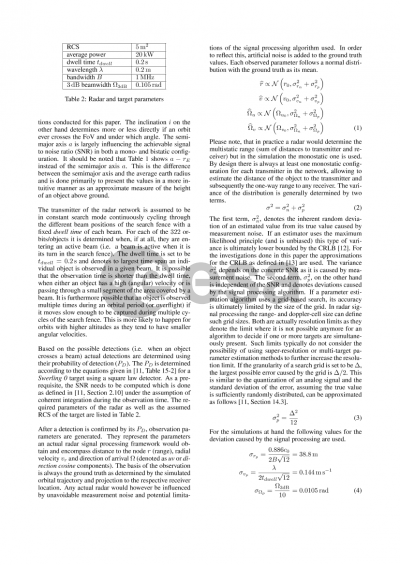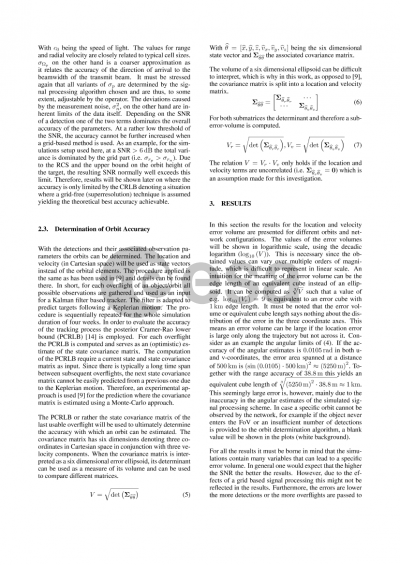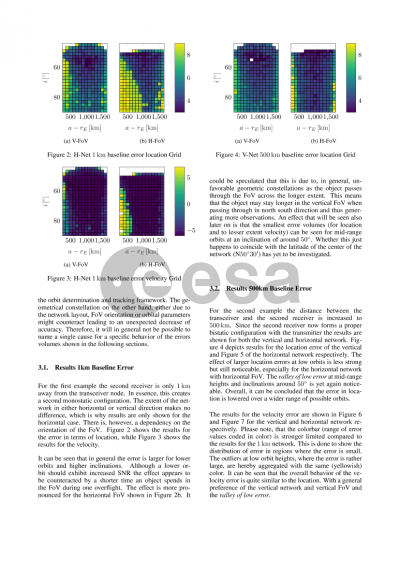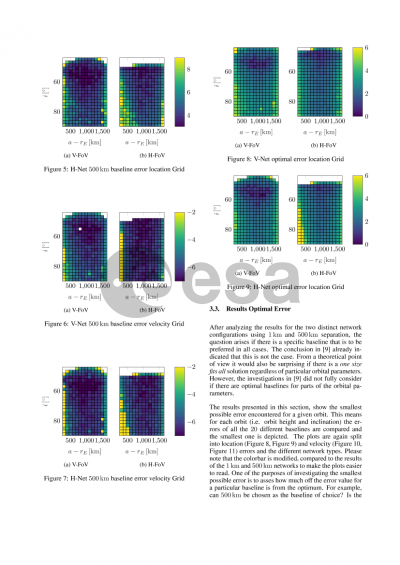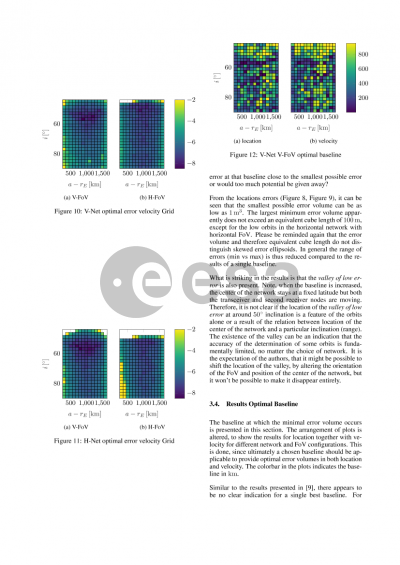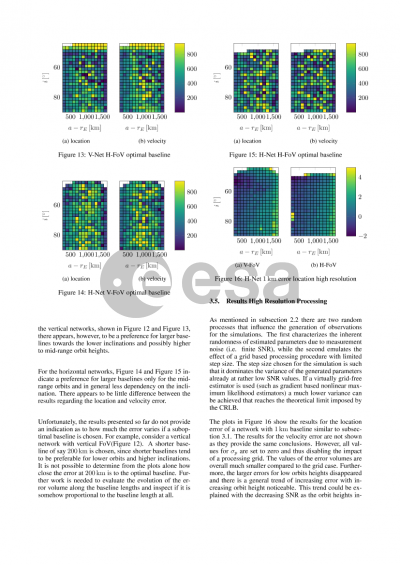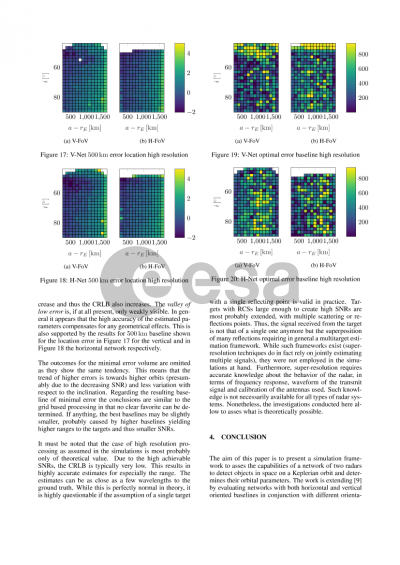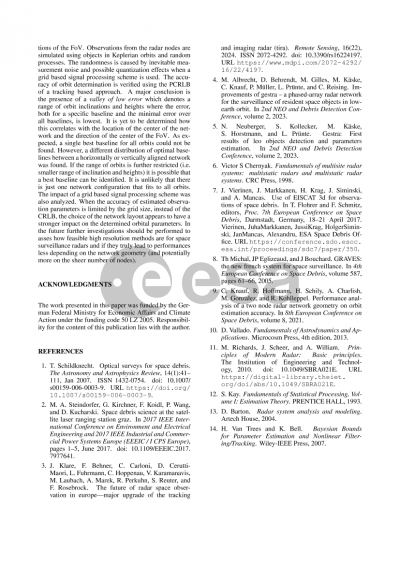Document details

Abstract
The rising number of space debris presents an increasing risk to operational satellites in low Earth orbits (LEO). Therefore, comprehensive monitoring of debris is crucial to prevent collisions and safeguard space infrastructure. Traditionally, radar-based space surveillance relies on large monostatic systems. However, phased-array radars enable the potential expansion into a multistatic network of radars with various transmitters and receivers positioned at different locations. This multistatic approach offers enhanced coverage and multiple viewpoints for observing targets.
Radar networks offer greater flexibility compared to single monostatic systems, allowing for improved performance optimization. In this study, we present a framework for assessing the performance of a two-node space surveillance radar network. We focus on examining the effects of baseline length (the distance between the two nodes), baseline orientation (east-west or north-south), and various signal processing schemes on the accuracy of estimated orbits in terms of position and velocity.
We employ a statistical approach to generate potential detections of well-defined orbital objects using underlying probability distribution functions. The parameters of these detections (such as range, direction of arrival, and SNR) are then used to estimate orbital parameters. We specifically analyze how range and angle accuracy, influenced by the signal processing algorithm, affect the accuracy of the estimated orbital parameters. Our method is stochastic, involving random generation of detections by the network, which introduces inherent fluctuations. To account for this variability, we conduct a substantial number of simulation runs.
This investigation builds upon a previous analysis of a two-node radar network geometry presented at the 8th European Conference on Space Debris. Due to the computational complexity of the simulations, the earlier work focused on a single network configuration (baseline extended in the east-west direction) and a specific signal processing scheme with particular assumptions about range and angular accuracies. In this new study, we expand the scope to include a wider range of network setups (including north-south orientations) and signal processing schemes, as well as conducting more simulation runs. This research complements the initial publication by enhancing the methodologies described and providing new insights into the performance of radar networks in space surveillance applications.
Preview
